The Quagga Project
This project, started in 1987, is an attempt by a group of dedicated people in South Africa to bring back an animal from extinction and reintroduce it into reserves in its former habitat.The project is aimed at rectifying a tragic mistake made over a hundred years ago through greed and short sightedness.
It is hoped that if this revival is successful, in due course herds showing the phenotype of the original quagga will again roam the plains of the Karoo.DNA analysis has shown that the Quagga was not a separate species of zebra but in fact a subspecies of the Plains Zebra (Equus Quagga) The Quagga, formerly inhabited the Karoo and southern Free State of South Africa.
Like other grazing mammals, Quaggas had been ruthlessly hunted. They were seen by the settlers as competitors for the grazing of their livestock, mainly sheep and goats.By selective breeding from a selected founder population of southern Plains Zebras an attempt is being made to retrieve at least the genes responsible for the Quagga’s characteristic striping pattern.
When the Quagga mare at Amsterdam Zoo died on 12 August 1883, it was not realised that she was the very last of her kind. Because of the confusion caused by the indiscriminate use of the term “Quagga” for any zebra, the true Quagga was hunted to extinction without this being realised until many years later.
What you should know about the Quagga
Quaggas (equus quagga quagga) were endemic to South Africa inhabiting the Karoo and southern Free State. Because they competed with livestock for grazing they were, however, hunted to extinction by hunters and farmers in the late 19th century. Such was the beauty of the animals that it still today forms a part of the coat-of-arms of the Western Cape Province (with the scarce Bontebok which had to be rescued from extinction).
Since the last quagga died at the Artis Magistra Zoo in Amsterdam on 12 August 1883, the world would had lost this iconic animal- more than a century ago- until it was brought back through the vision of German born naturalist and taxidermist, Reinhold Rau, and the efforts of South African scientists and game experts. Here is its story- a unique and fascinating one- not to have yet been repeated anywhere else in the world.Since there are only three species of Zebra in Africa; Burchell’s or Plains Zebra, Mountain Zebra and Crevy’s Zebra (found only in East Africa) all other zebra are subspecies of these.
Reinhold Rau was of the view that the quagga was not a separate species but a subspecies of the Plains Zebra. When he had the opportunity to remount the only remaining specimen of a quagga in the collection of the SA museum in Cape Town, he collected dried tissue samples of the animal’s skin. He sent this, together with samples from quagga in the Natural Museum in Mainz, Germany, and others he had collected from animals he had previously remounted, to the USA for DNA analysis. In 1984 three groups of scientists from the University of California undertook molecular studies of the samples and were able to obtain protein and DNA fragments from the samples which were successfully cloned. Both the protein and the DNA confirmed the status of the quagga as a subspecies of the Plains Zebra.When a species of an animal or plant disappears from the earth, the loss is irreversible. However since the extinct quagga was not a zebra species of its own, but a subspecies, its extinction may not be forever. This fact gave rise to the birth of an exciting breeding project during 1986 (the Quagga Project). Its aim was to concentrate the highly diluted quagga genes that still had to be present in the Plains Zebra through selective breeding and thus recreate the extinct quagga.
The rebreeding process of the Quagga was conducted over the last more than 30 years under the leadership and guidance of Reinhold Rau (until his death in 2006), professor Eric Harley, a genetics expert from the University of Cape Town with the enthusiastic support of Mike Gregor and Bernard Wooding of Elandsberg Farms near Hermon in the Western Cape. The breeding stock was selected from Plains Zebra captured from as far as Zululand and Etosha (Namibia).
Within four generations success came when animals were born whose coat-pattern characters closely resemble that of the extinct quagga. The culmination of the sacrifices and efforts spent on the project was when the Minister of Agriculture recently declared the Rau Quagga a Landrace breed in terms of the Animal Improvement Act, 62 of 1998. The name of the rebred quagga was selected by the project in honour of Reinhold Rau, the visionary who inspired and supported the project aimed at rectifying a tragic mistake made over 100 years ago.
Today there are approximately 160 Rau Quagga of which L’Ermitage Game owns approximately 50, which are spread over three of its properties. It is thus clear that the quagga is and probably will always remain a unique and scarce animal.
For more information, please visit https://quaggaproject.org
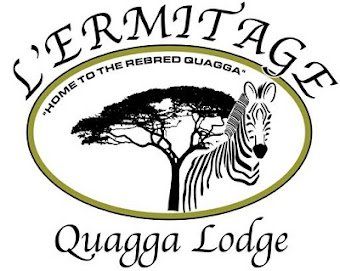


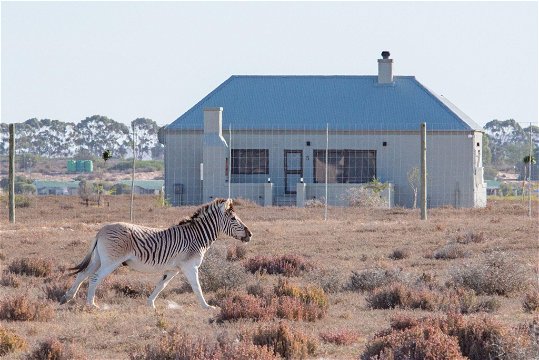
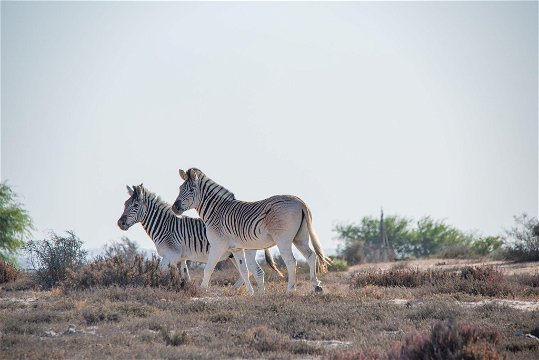
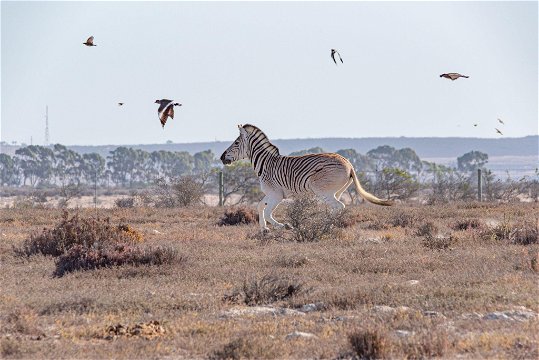
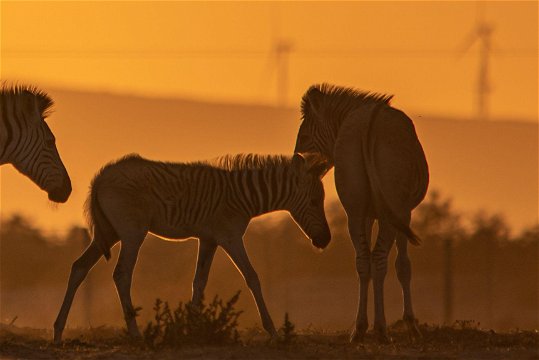
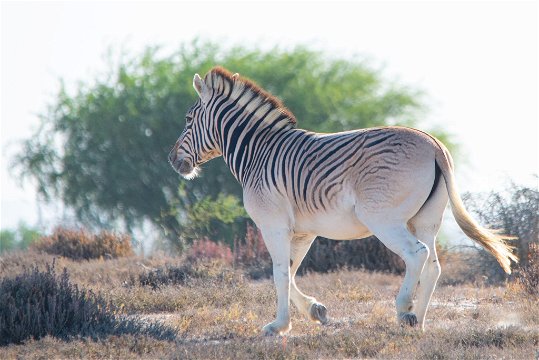




Share This Page